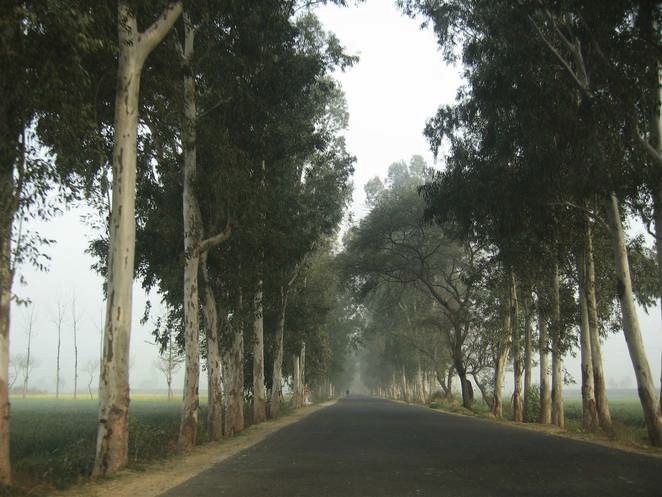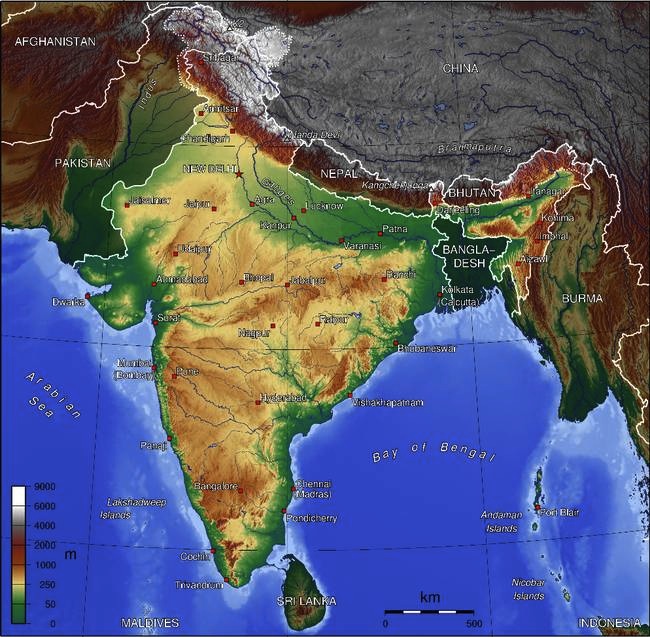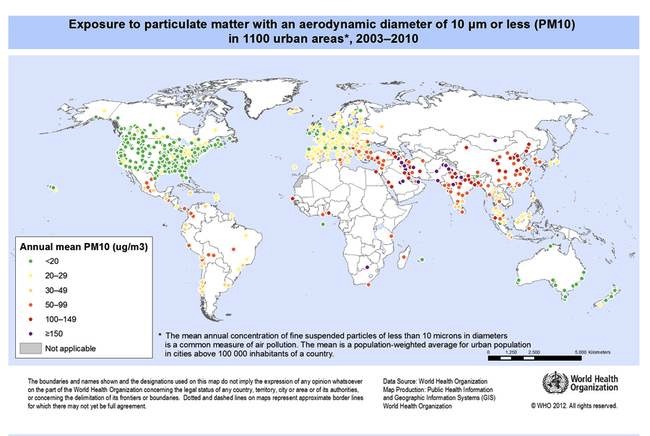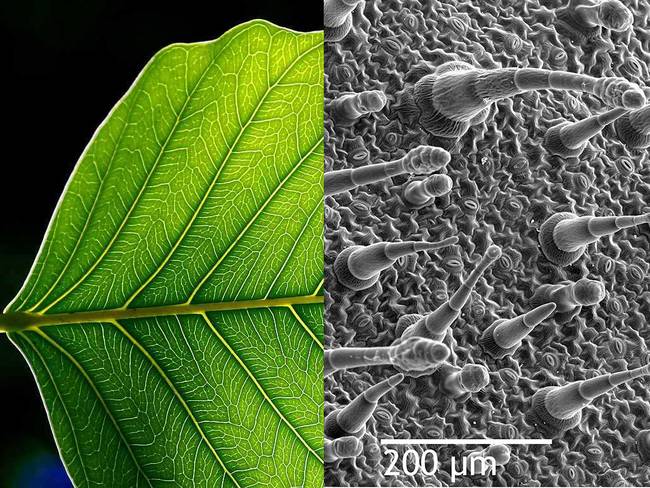The rest of the world should plant more trees too
India’s Rural Development Ministry has decided to try to tackle two problems at the same time: Youth unemployment and bad air quality. It has unveiled a plan to hire youths – potentially up to 300,000 – to plant 2 billion trees along the country’s highways.
“The length of National Highways in the country is one lakh kilometer [about 62,137 miles]. I have asked officials to come out with a plan to plant 200 crore [2 billion] trees along these stretches which in turn would create jobs for the unemployed on the one hand and protect the environment on the other,” said Shipping and Rural Development Minister Nitin Jairam Gadkari.
Not only would this help provide jobs to a segment of the population that needs them and make the country more beautiful, but trees are also great at improving air quality. India tends to have big problems with that, as does much of Asia and the Middle-East:
A recent study shows that tree leaves can capture a substantial amount of particulate pollution. The research was conducted in the UK; The scientists started by measuring how much air pollution go into a certain number of houses in Lancaster using dust monitoring devices and by swiping surfaces and then analyzing what was collected with magnetic remanence, a technique that provides information on concentrations of iron-bearing particles.
Then the team placed a screen of 30 young silver birch trees in wooden planters in front of four of the houses, including one of the control houses, for 13 days. Wipes from all eight houses showed that ones with the tree screens had 52 to 65% lower concentrations of metallic particles. A comparison of all of the dust monitoring data from the two original control houses confirmed that drop, showing a 50% reduction in PM1, PM2.5, and PM10 in the house with the trees in front.
By examining the silver birch leaves with a scanning electron microscope, the researchers confirmed that the hairy surfaces of the leaves trapped metallic particles. Like the particles measured inside the houses, these metallic particles are most likely the product of combustion and brake wear from vehicles passing by. Previous work has indicated a strong correlation between the amount of material identified by magnetic remanence and benzo(a)pyrene, a carcinogenic polycyclic aromatic hydrocarbon found in particulates, Maher says. (source)
Source: TreeHugger




Aside from the fact that fish, corals, and trees can be aged in similar ways (by counting annual growth
Read more: http://marinesciencetoday.com/2016/03/30/fish-corals-trees-share-similarity/#ixzz4AyQSZBnE